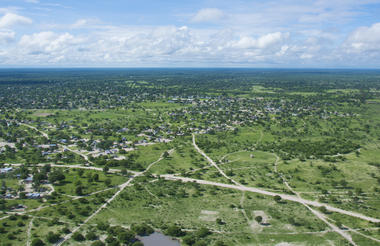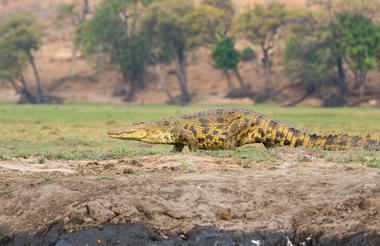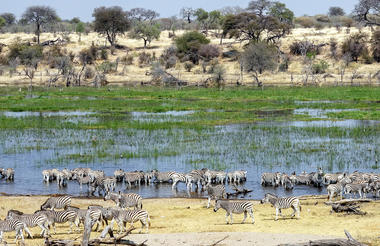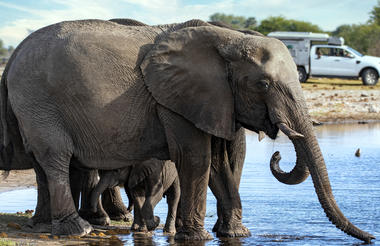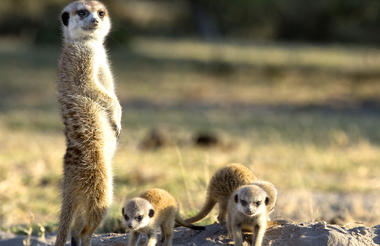Set on the banks of the beautiful Thamalakane River in northern Botswana, Maun is the third-largest town in this spectacularly scenic southern African country. Maun is the starting point for most expeditions into the Okavango Delta and as a result, has developed into a bustling metropolis that is considered Botswana’s tourism capital. Area attractions include a renowned riverboat that offers cruises up and down the Thamalakane River; the forest groves of the Maun Game Reserve; and Moremi Game Reserve, home to hippos, lions and rhinos. Maun also serves as the jumping-off point for many safaris and air charters as well as offering private 4x4 rentals. Don’t miss the opportunity to visit the Nhabe Museum exhibiting the local history, art and culture of the Ngamiland region.
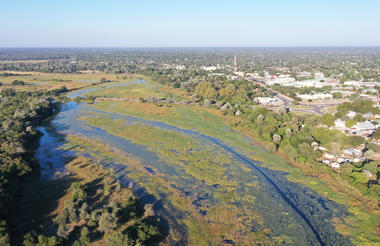
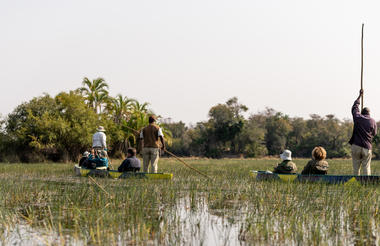
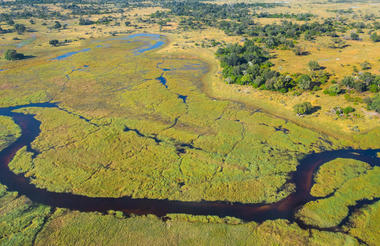
Adjoining the Makgadikgadi Pans National Park on its northern border, the Nxai Pans were once salt lakes. Today, the Nxai Pan National Park preserves this precious area, which is rich in biodiversity and is now characterised by grasslands dotted with trees and small pans that fill in the rainy season. The striking, famous Baines Baobabs, first drawn by the renowned explorer in the 1860s are a must-see, and there are several activities to look forward to. Take a 4WD sunset or sunrise game drive, or a birdwatching tour. The Nxai Pan is a breeding ground for wildebeest, gemsbok, zebra, and eland, and an impressive list of other animals can be seen quite easily too including lions, ostriches, giraffes, cheetahs, jackals, bat-eared fox, and even the elusive nocturnal porcupine.
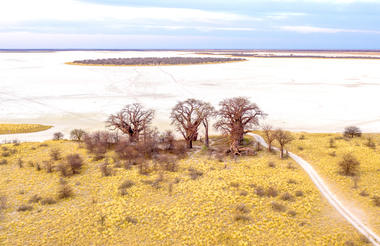
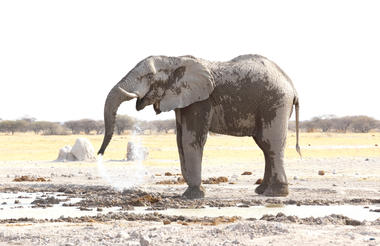
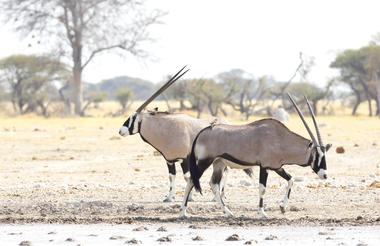
As previously described



Known as the gateway to the Makgadikgadi Pans, the tiny old Botswanan village of Gweta is a pleasant place to stay while exploring the vast salt pans. Take a guided walk or quad bike ride through Gweta’s surrounds and discover flint-head spears and other artefacts abandoned by the area’s early Stone Age inhabitants. Experience a barbeque under the star-studded African sky while sipping on traditional, organic sorghum beer or a creamy baobab milkshake. During the rainy season, the Gweta area teems with zebra and wildebeest and these, in turn, attract hungry predators such as lion and cheetah. If a unique and interesting getaway is what you are after, Gweta won’t fail to impress.


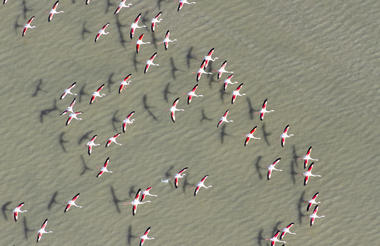
Set in the heart of the dry savanna of northeastern Botswana, the Makgadikgadi Pan is the world's largest network of salt pans stretching over 3900 square kilometres and formed on the bed of the ancient Makgadikgadi Lake that began evaporating aeons ago. Visiting Makgadikgadi is a unique salt desert experience: in the dry season, this vast expanse of sun-baked salt glistens in the light, and when the rains come, the pan is home to a cornucopia of flamingos and other waterbirds, as well as one of Africa's largest zebra populations, whose annual migration is a wonder to behold. Visitors can immerse themselves in the stark beauty of this incredible landscape, spot a host of wildlife and enjoy a number of activities, including horse riding safaris, game drives, and excellent birdwatching. Other highlights include: quad biking across the vast expanse of dry salt pans or jumping in a helicopter and viewing countless flamingo flocks creating a magnificent pink spectacle dotting the landscape.
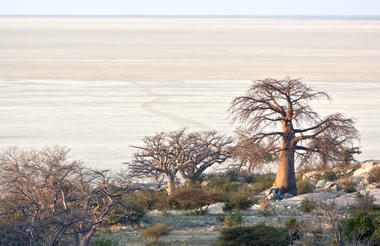
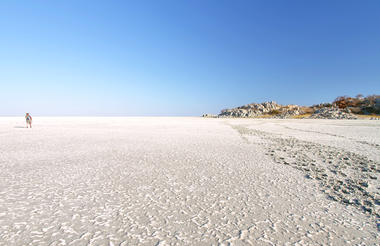
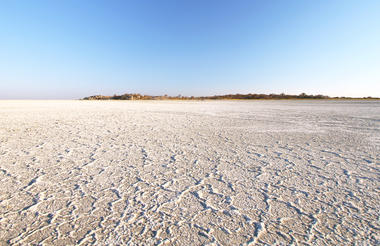
As previously described
